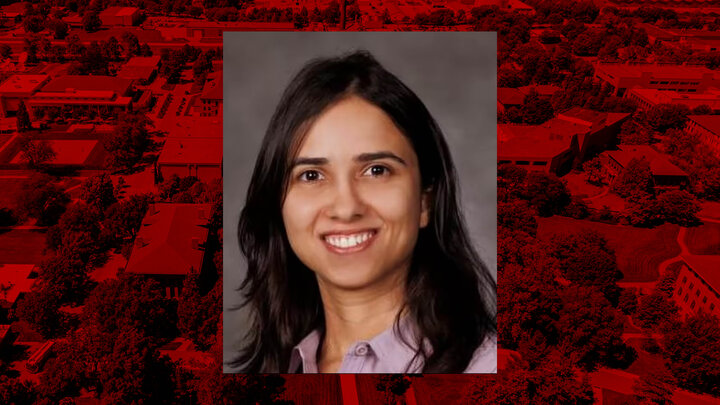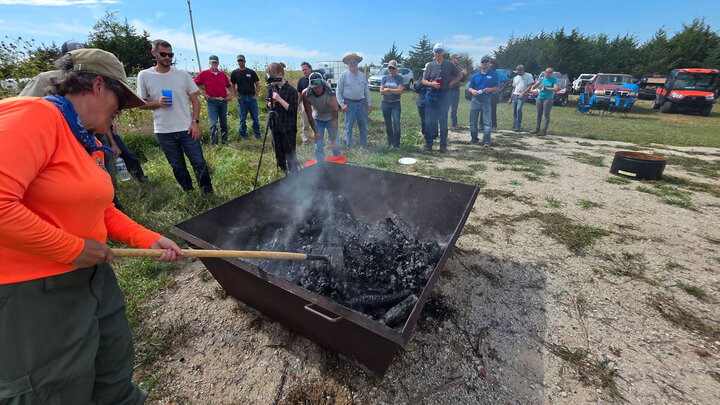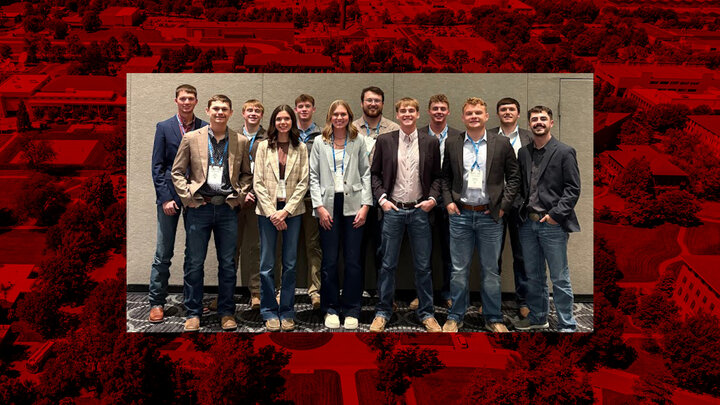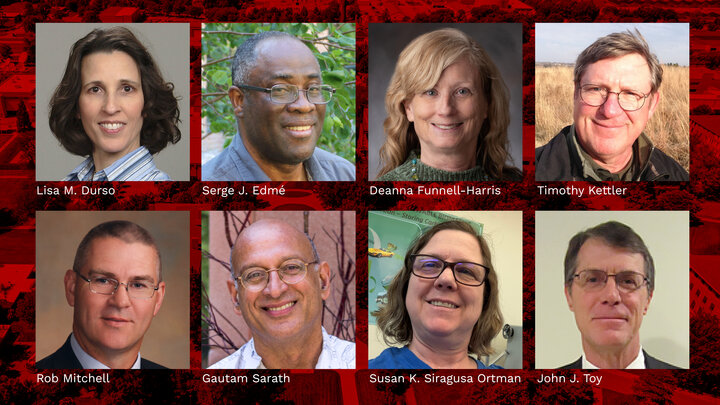A research article about microbial communities in soil depths from the Department of Agronomy and Horticulture at the University of Nebraska–Lincoln and the Department of Agronomy at Iowa State University was published in the American Society for Microbiology Journals and featured in the Applied and Environmental Microbiology (AEM) Top Cited Collection of top-cited articles published over the last two years.
The article “The Effects of Soil Depth on the Structure of Microbial Communities in Agricultural Soils in Iowa (United States)” was authored by University of Nebraska–Lincoln researchers Jingjie Hao, Yen Ning Chai, Lucas Dantas Lopes, and Daniel P. Schachtman and Iowa State University researchers Raziel A. Ordóñez, Emily E. Wright, and Sotirios Archontoulis.
AEM publishes study results that make significant contributions to applied microbial research, basic microbial ecology research, and genetic and molecular investigations of microbial topics of practical value. The journal sheds new light on key microbiological principles, fundamental microbial processes, and basic questions in applied and environmental microbiology.
This study investigated the differences in microbial community abundance, composition, and diversity throughout the depth profiles in soils collected from corn and soybean fields in Iowa using 16S rRNA amplicon sequencing. The results revealed decreased richness and diversity in microbial communities at increasing soil depth. Soil microbial community composition differed due to crop type only in the top 60 cm and due to location only in the top 90 cm.
While the relative abundance of most phyla decreased in deep soils, the relative abundance of the phylum Proteobacteria increased and dominated agricultural soils below the depth of 90 cm. Although soil depth was the most important factor shaping microbial communities, edaphic factors, including soil organic matter, soil bulk density, and the length of time that deep soils were saturated with water, were all significant factors explaining the variation in soil microbial community composition. Soil organic matter showed the highest correlation with the exponential decrease in bacterial abundance with depth.
A greater understanding of how soil depth influences the diversity and composition of soil microbial communities is vital for guiding sampling approaches in agricultural soils where plant roots extend beyond the upper soil profile. In the long term, a greater knowledge of the influence of depth on microbial communities should contribute to new strategies that enhance the sustainability of soil, which is a precious resource for food security.
Read the full article here.




